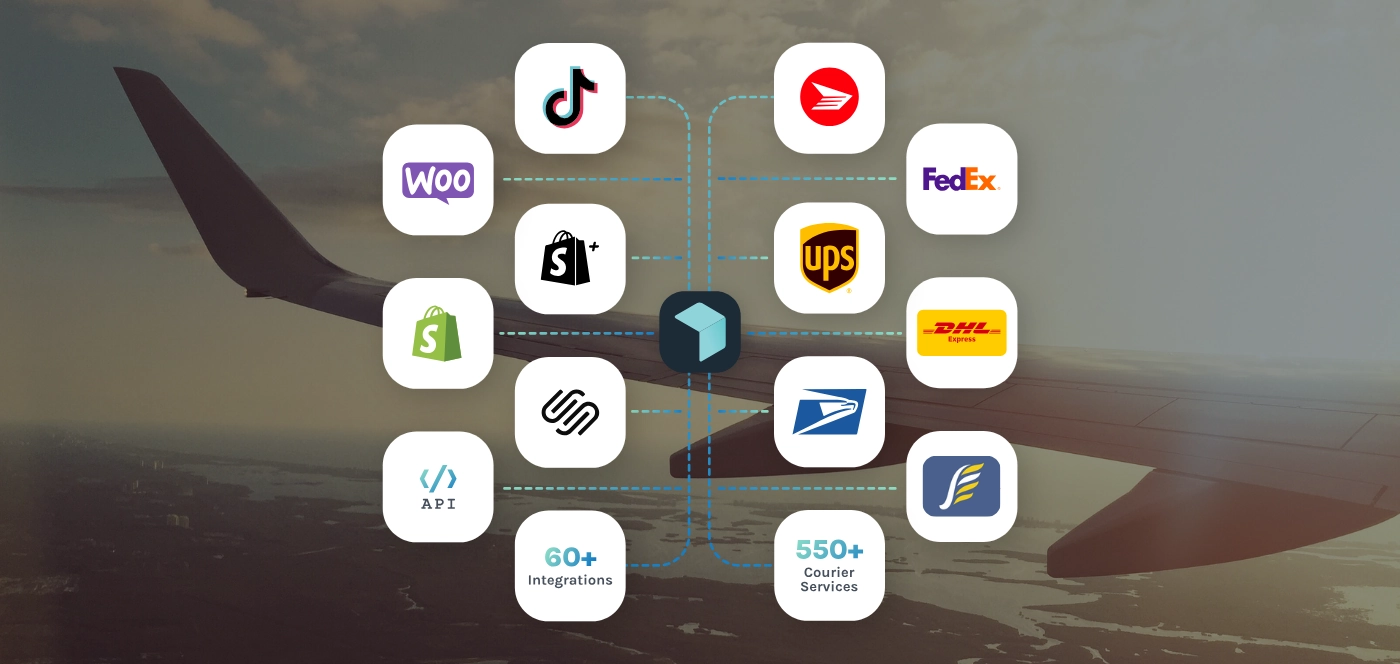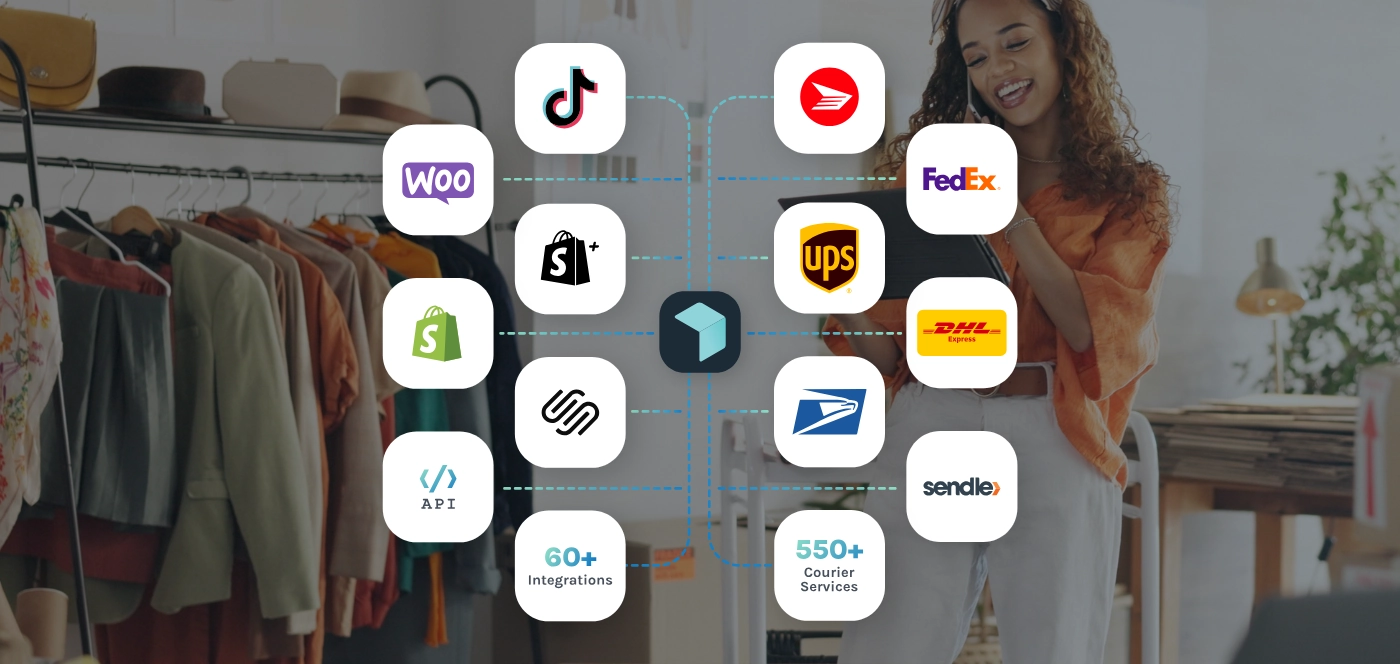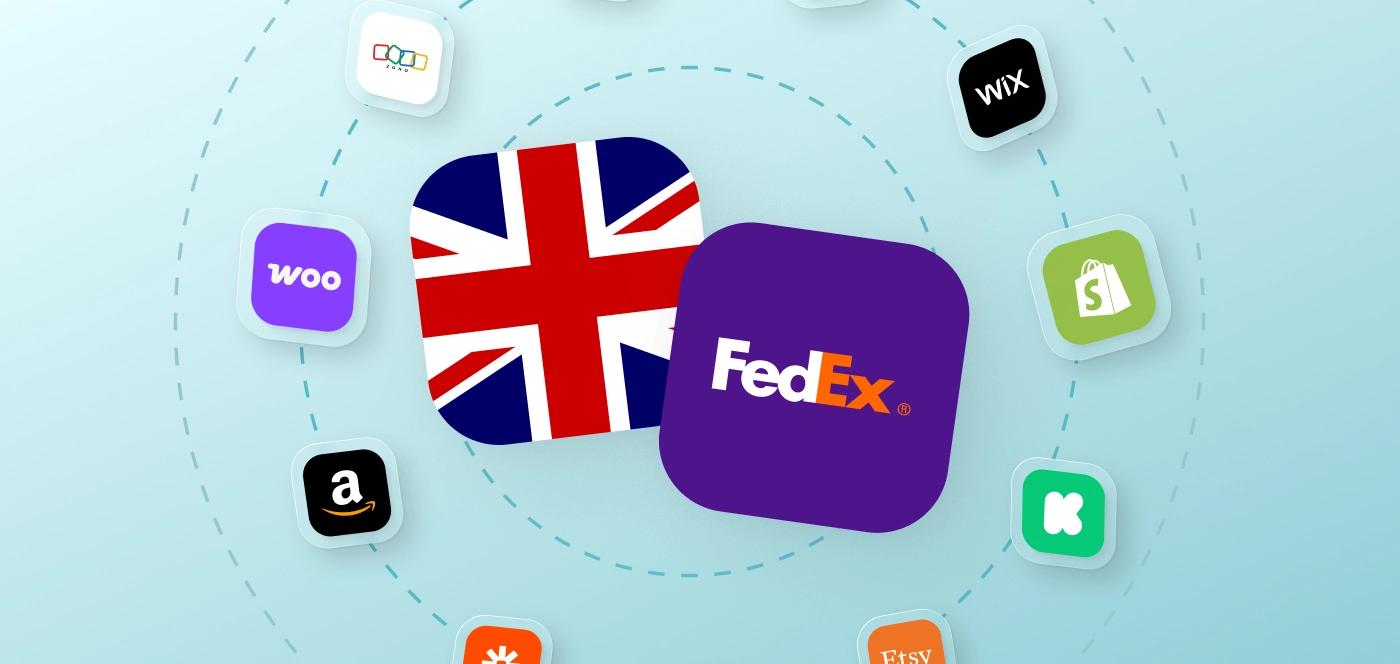Selling on Amazon is an incredible way to grow your eCommerce business, but let’s face it – fees and shipping costs can add up quickly. As an Amazon seller, every penny counts, and reducing expenses means more money in your pocket. That’s why staying updated on changes to Amazon’s fee structure and exploring cost-saving strategies is key to maximizing your profits.
The great news? Amazon is making some seller-friendly updates in 2025 to help businesses like yours thrive. Additionally, tools like Easyship can simplify your shipping process and save you up to 91% on courier rates. Ready to learn how to keep your costs low and your profits high? Let’s dive in!
How Much Does Amazon Charge for Selling?
Listing products on Amazon is free. However, as soon as sales are made, the platform takes a percentage of the sale. These charges are in the range of $0.99 to $ 1.35 per shipment based on type of product and number of shipments. The cost to sell on Amazon is based on three factors:
- Shipping fees: Vary depending on weight, size, and fulfillment method
- Referral fees: Percentage of sale price based on product category
- Variable closing fees (VCF): Calculated by product type, usually between $0.45 and $1.35
If you opt for an individual selling plan on Amazon, you should expect to pay $0.99 for each item you sell and variable closing fees that range between $0.45 and $1.35, including shipping fees. This plan is most suitable for small business owners that sell less than 40 items per month.
If you opt for the professional selling plan, Pro Merchant, you must pay a membership subscription fee of $39.99 per month and six to 25 percent in referral and variable closing fees. However, Pro Merchants don’t pay any per-item $0.99 Amazon seller fee. This selling plan is generally best suited for businesses that sell 40 products or more every month.
Take note that the referral and variable closing fees are usually subtracted from the total amount a particular product is sold for, and this includes selling price, shipping fees, and other related charges. The percentage charged depends on the category of products being sold.
For those who sell using Fulfillment By Amazon (FBA), the fees payment structure is very different and usually calculated using an Amazon FBA fee calculator. Although this selling plan is convenient, it comes with additional charges based on the size and weight of your products and the duration they’ve been kept in Amazon’s warehouse.
How are Amazon Seller Fees Calculated?
Calculations of fee payments on Amazon are done based on the seller’s location. This is why many factors are taken into consideration when calculating Amazon seller fees. Some of these factors include:
- Order handling
- Picking and packing of orders
- Outbound shipping
- Product weight handling
- 30-day storage
- Inbound shipping
- Prep service
The Amazon seller fees calculator takes the above factors into consideration in coming up with the final fee structure for selling your products on the platform. If you’re fulfilling orders yourself, there are certain aspects you won’t be charged for, such as weight handling and storage.
How Often Does Amazon Pay Sellers?
Amazon pays its third-party sellers every two weeks. However, this might take longer for new sellers, with the main reason being that it takes some time to have the new seller’s banking information set up. This usually takes as little as one week or as long as 30 days.
Having set up your account, things get easier going forward. With the Amazon FBA calculator, fees are calculated, subtracted, and your accrued earnings paid out every two weeks. For example, payments are usually processed every other Saturday and by the following week Tuesday, funds are made available to the seller.
How to Reduce Amazon Fees
Amazon seller fees and other expenses can take a bite out of your profits faster than you’d realize. Fortunately, there’s plenty that online merchants can do to lower their Amazon selling costs. Here are just a few tips on how to reduce the cost to sell on Amazon!
1. Print Your Labels Online
Printing your own labels online is a simple but effective way to save money if you’re shipping through Amazon. Learn about Easyship’s label printing options here!
2. Use USPS Priority Mail
This is especially beneficial for online merchants who always ship lightweight items. USPS Priority Mail also comes with free boxes and can often be cheaper than the postal service’s flat-rate option too!
3. Always Negotiate with Couriers
If you send out large shipments consistently, you can always negotiate for significant discounts with the courier you’ve been using. With discounted Amazon seller shipping rates, you’ll be able to save money!
4. Choose Your Product Categories Wisely
Product categories determine the Amazon referral fee you must pay. For example, if you sell fashion items, the referral fee is up to 20 percent, while beauty products and backpacks are as low as six percent and three percent, respectively.
5. Source Free Packing Materials
You don’t always have to use brand-new boxes and packaging materials for packing! You can look for used boxes and packing material both offline and online. You can even use shredded magazines and newspapers to pad items too.
6. Consider Volume
Being that UPS, FedEx, and many other couriers calculate most of their fees based on volume as against weight, you can save money by making shipping adjustments. For example, your Amazon FBA fees can potentially be cut if you ship two smaller boxes instead of one large box!
7. Increase Your Average Selling Price
The more expensive your product price is, the higher your product margin. On this note, always try to sell products that cost $35 and above. For example, $15 earrings attract fees of up to 36.2 percent, while a $144 kitchen appliance attracts a fee of 16.2 percent.
8. Go For Exclusive Products
This is another great way to cut costs while selling through Amazon. Try to get exclusive rights from specific suppliers and become the sole distributor of their items. This way, you can charge a significant amount for them without fear of losing sales to many competitors.
9. Aim for Marginal Variable Closing Fees (VCF)
To further reduce your Fulfillment by Amazon fees, take your time to calculate the VCF of the product you intend to sell. It wouldn’t make any sense to sell books for $5 and incur up to 20 percent VCF when you can sell books in the range of $30 or more!
10. Be Selective with Products You Sell and Which Amazon Plan You Use
Being selective can be important when it comes to cutting those Amazon seller fees. If your products are priced under $15, try to avoid using Fulfillment By Amazon (FBA). This is because charges are made by weight, not by price. Essentially, this means that a $5 item and $150 item that weigh the same will be charged the same fulfillment fees!
Key Changes to Amazon's Fees for 2025
Amazon seller fees and other expenses can add up fast. However, in 2025, Amazon is introducing changes to its fee structure to support sellers and keep costs predictable. The good news? There will be no increases in U.S. referral or Fulfillment by Amazon (FBA) fees, and no new fees will be added. Additionally, starting January 15, 2025, inbound placement service fees for large, bulky items will decrease by approximately $0.58 per unit, making it more affordable to ship such products to Amazon’s warehouses.
For sellers launching new products, Amazon is also waiving inbound placement service fees for the first 100 units of each new product (parent ASINs) enrolled in the FBA New Selection Program, for items shipped between December 1, 2024, and March 31, 2025. To encourage sellers to add more in-demand products, additional discounts will be offered through the New Seller Incentives and FBA New Selection programs, starting January 15, 2025.
These updates reflect Amazon’s commitment to simplifying costs and helping sellers grow their businesses. Whether you’re an established seller or just starting out, cutting costs remains key to maximizing profits. Here’s a closer look at strategies for reducing Amazon shipping fees while taking advantage of these changes in 2025 and beyond.
Cut Your Amazon Costs Today with Easyship
Amazon seller fees can add up and increase your cost to sell on Amazon fast. However, by reducing referral and variable closing fees, being selective of the items you sell, splitting packages into smaller boxes, negotiating for discounts, and using free and lightly-used packing materials, you can cut your Amazon selling costs just as fast too!
Another way to cut those Amazon selling costs? With Easyship, of course! We offer 550+ courier solutions from major couriers around the world with discounted rates of up to 91% off. Sign up for Easyship today to sync up your Amazon store and start saving money!
Ready to simplify and save on shipping?
Easyship is here to help.
Easyship was built to simplify shipping for eCommerce sellers of every size. If you’re looking for ways to save on shipping costs, compare rates, automate fulfillment, or grow internationally—our free shipping tools and smart dashboard can save you hours daily.
Join our community of eCommerce sellers and get started with Easyship for free today.
FAQs on Amazon Shipping Costs
What are Amazon referral fees?
Referral fees are a percentage of the selling price that Amazon charges for each sale. These fees vary by product category, ranging from 6% to 20%. Sellers should review fee rates for their specific products to estimate costs accurately.
How can I lower Amazon FBA fees?
To reduce FBA fees, minimize product dimensions and weight, avoid long-term storage charges, and utilize Amazon’s FBA New Selection Program for eligible fee waivers. Additionally, ship items in smaller boxes to cut inbound shipping costs and optimize inventory management.
How do I calculate my total Amazon selling fees?
Use Amazon’s fee calculator to estimate costs, factoring in referral fees, shipping fees, and closing fees. For FBA sellers, include handling, storage, and prep fees to get an accurate understanding of your total expenses for each product.
What are the benefits of using Easyship with Amazon?
Easyship offers discounted shipping rates (up to 91% off), automated label printing, real-time rate comparisons, and seamless Amazon integration. These features help sellers streamline logistics, save money, and enhance customer satisfaction with faster, more affordable delivery options.
What’s the best Amazon shipping strategy for small businesses in 2025?
Small businesses should prioritize cost efficiency by using tools like Easyship to access discounted courier rates, print shipping labels online, and compare carrier options. Leverage Amazon’s new fee waivers and optimize packaging to reduce dimensional weight charges, especially for FBA orders.
How do Amazon’s new fee changes affect international sellers?
Amazon’s fee reductions for bulky items and waivers for new products benefit international sellers by lowering the cost of shipping inventory to Amazon warehouses. Additionally, sellers can maximize savings by using global shipping solutions like Easyship to reduce international shipping costs with discounted rates.
What are the most common mistakes sellers make when trying to reduce shipping costs?
Many sellers overlook negotiating with couriers, optimizing package sizes to reduce dimensional weight, and using tools to compare rates. Others fail to take advantage of fee waivers, free packing materials, or incentives like Amazon’s FBA New Selection Program, leading to unnecessary expenses.















































.svg)
.svg)






.avif)
.avif)

.avif)
.avif)


.avif)


.avif)







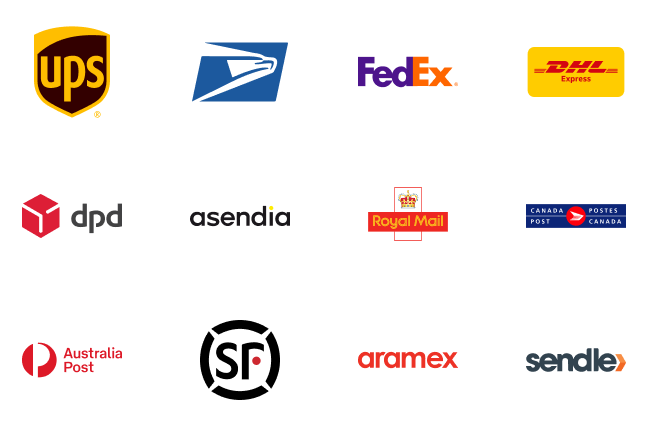
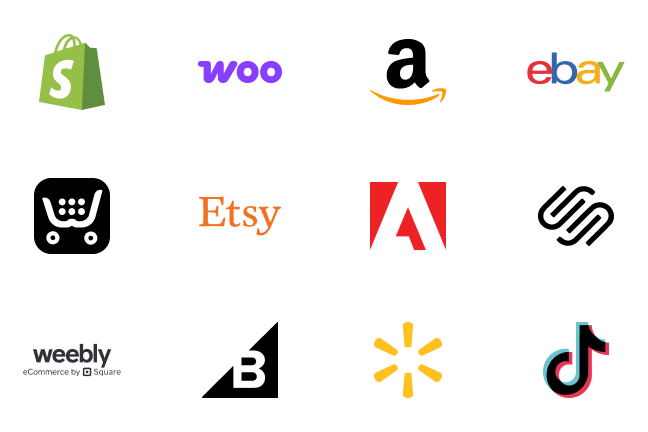

.avif)
.avif)



.avif)
.avif)


.avif)
.avif)


.avif)











.svg)






